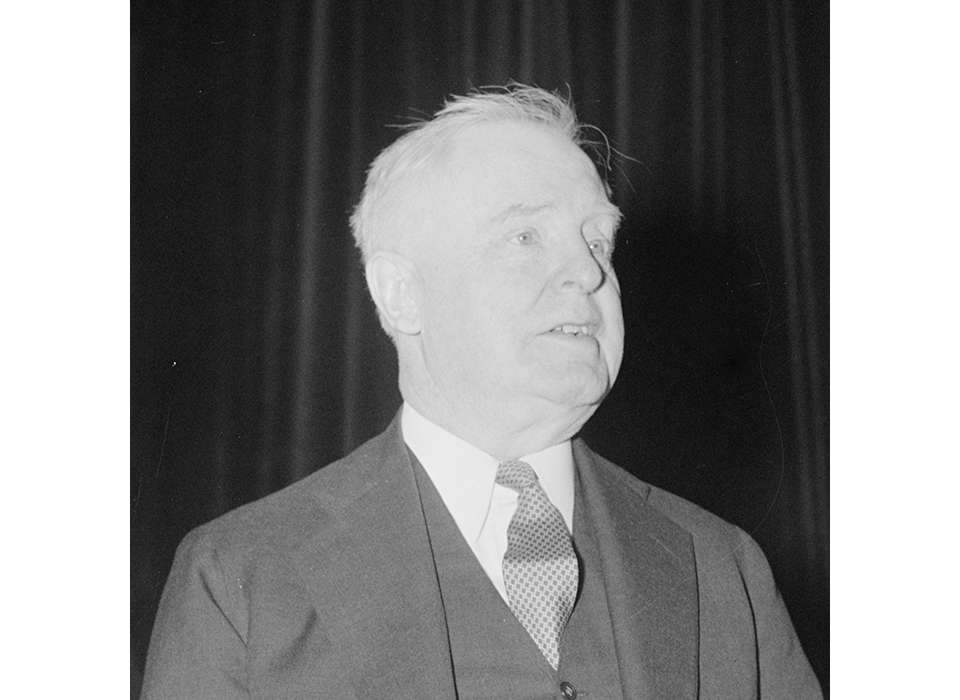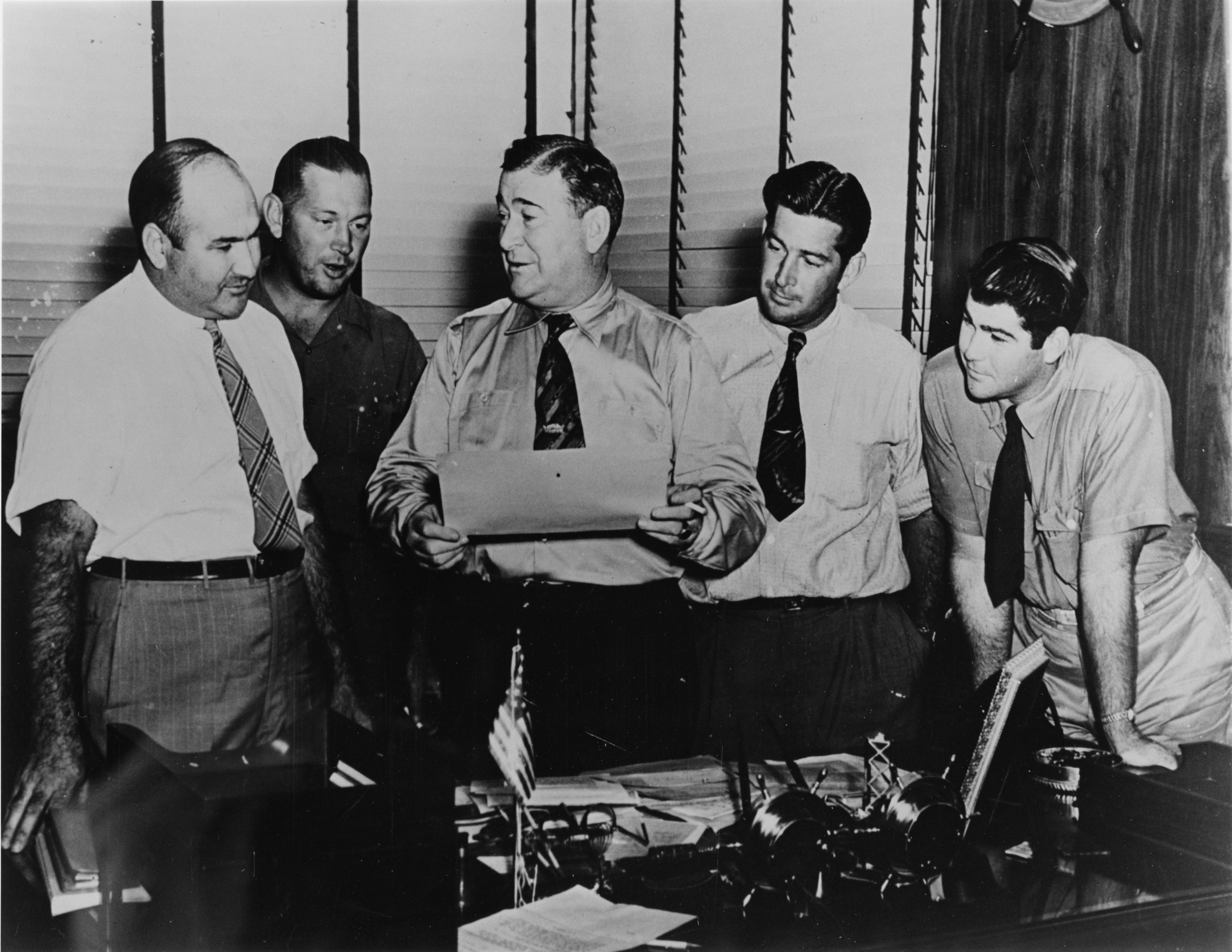MARY MCLEOD BETHUNE
Mary McLeod Bethune was a prominent African American educator and a trusted adviser to President Franklin Delano Roosevelt. She founded the Daytona Educational and Industrial Training School for Negro Girls in Florida in 1904, which later merged with the Cookman Institute to become Bethune-Cookman College. She held influential positions in President Roosevelt’s administration, serving as Director of the National Youth Administration’s Division of Negro Affairs, as well as being one of the most prominent advisers in the President’s unofficial “black cabinet.” During World War II, Bethune served as Special Assistant to Secretary of War Henry L. Stimson, advocating for greater inclusion of African American men and women in the military.
(Image: Library of Congress, LC-USZ62-128514.)
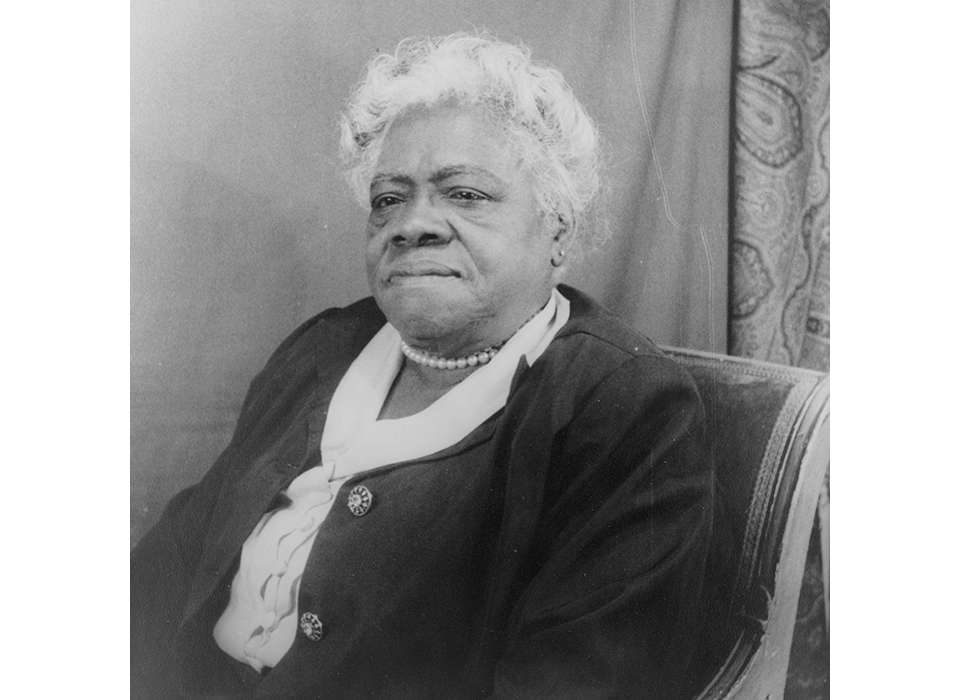
LESLIE R. GROVES
Lieutenant General Leslie R. Groves attended the University of Washington and Massachusetts Institute of Technology before graduating from West Point in 1918. He was commissioned into the US Army Corps of Engineers and worked on a wide variety of construction projects for the military, including building the Pentagon in Washington, DC. In 1942, Groves was appointed head of the Manhattan Engineer District, which was responsible for building the world’s first nuclear weapons. With operations scattered across the United States, the project was massive. Groves’s management, combined with the efforts of a large group of leading scientists, resulted in the successful completion of the two atomic bombs dropped over Japan in 1945, along with a test bomb detonated in Alamogordo, New Mexico, the previous month.
(Image: National Archives and Records Administration, 535931.)
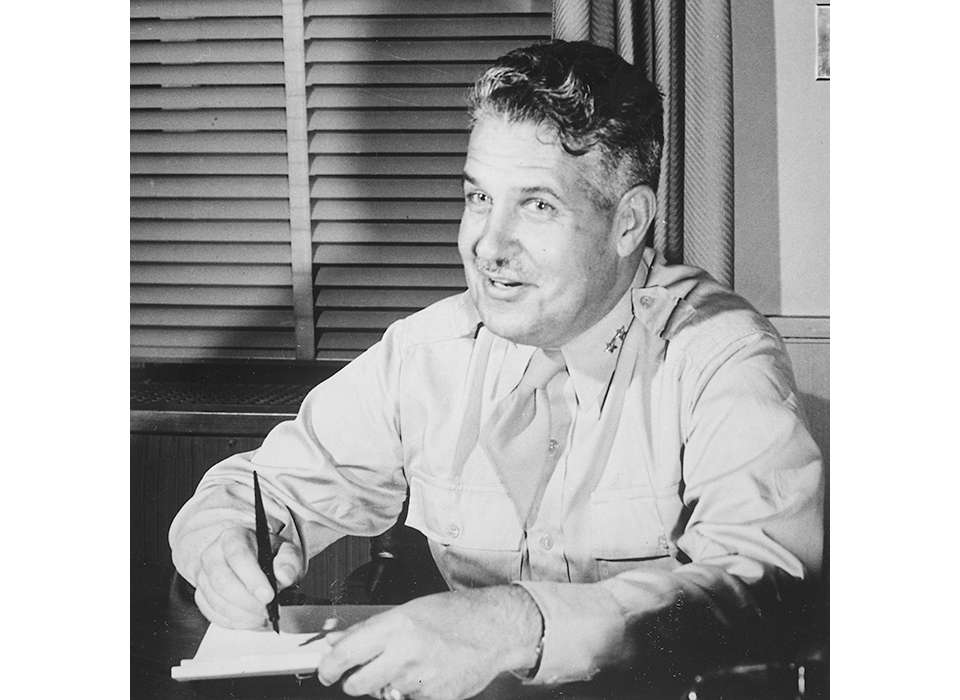
BOB HOPE
Bob Hope was an entertainer who first broke into show business as a comedian and theater announcer in the 1920s. After becoming a well-known radio personality in the late 1930s, he moved into film in the early 1940s. During World War II, Hope entertained millions of troops across the United States and in war zones around the globe, becoming one of the most ardent supporters of the United Service Organizations, which provided entertainment and other support to servicemembers and their families. He also lent his celebrity to campaigns encouraging citizens to buy war bonds and cooperate with blackouts, rationing, and other wartime measures. Congress recognized Hope’s tireless support for the military during and after World War II by awarding him a Congressional Gold Medal in 1962, and the Navy named a transport ship after him in 1997.
(Image courtesy of the Bob & Dolores Hope Foundation Collection, World Golf Hall of Fame & Museum.)
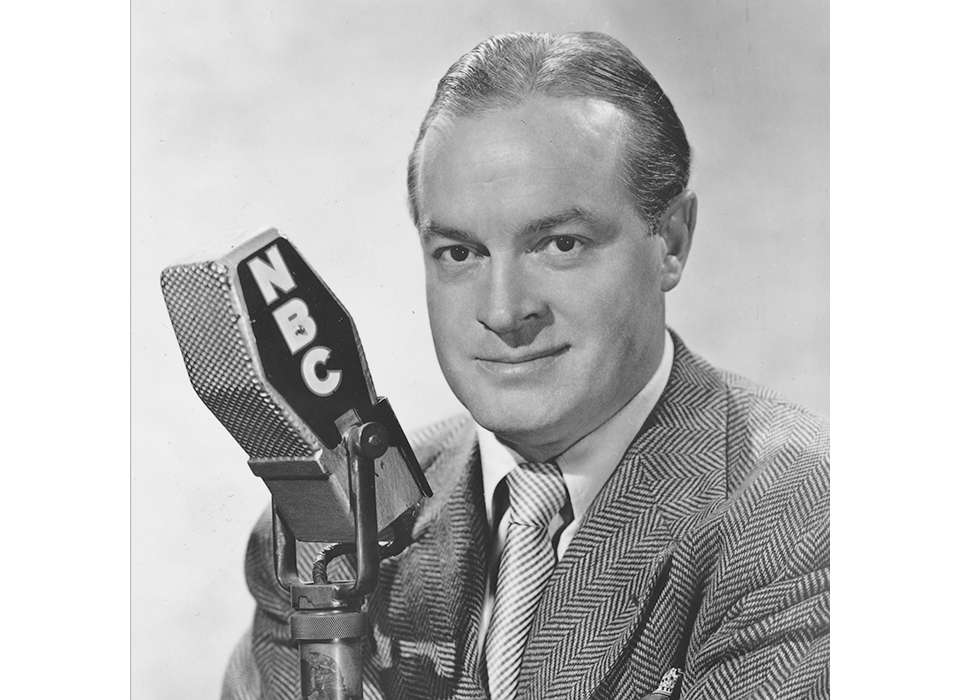
HENRY KAISER
Before the war, Henry Kaiser established himself as a construction magnate, building roads and dams across the United States. In the early 1940s, he opened several West Coast shipyards and used mass production and prefabrication techniques to speed up the process of building a Liberty ship from a year to a matter of days. Kaiser also pioneered a new magnesium production process, which his companies then used to manufacture some 82,000,000 pounds of bomb filler.
(Image: The LIFE Picture Collection/Getty Images.)
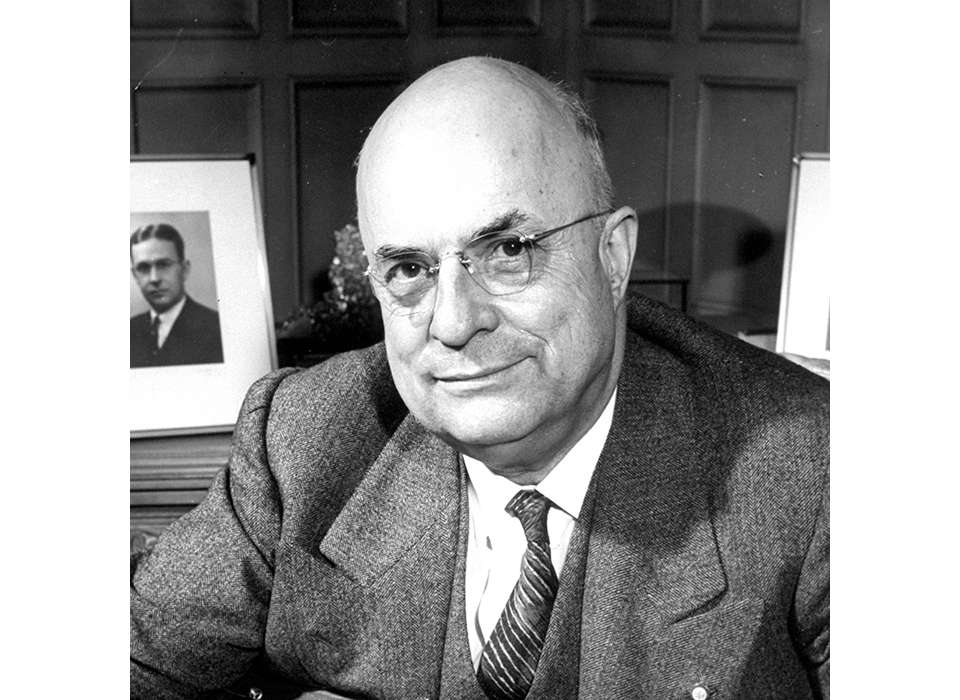
WILLIAM S. KNUDSEN
Bill Knudsen made a name for himself as an assembly line production wizard at Ford and President of General Motors before President Franklin Delano Roosevelt invited him in 1940 to become the head of a new agency, the US Office of Production Management. For a salary of only one dollar a year, Knudsen used his talents to streamline defense production in plants all across the United States. President Roosevelt later appointed Knudsen to the rank of Lieutenant General, in charge of production for the War Department, the only civilian ever so recognized.
(Image: National Archives and Records Administration, 208-PU-111B-8.)
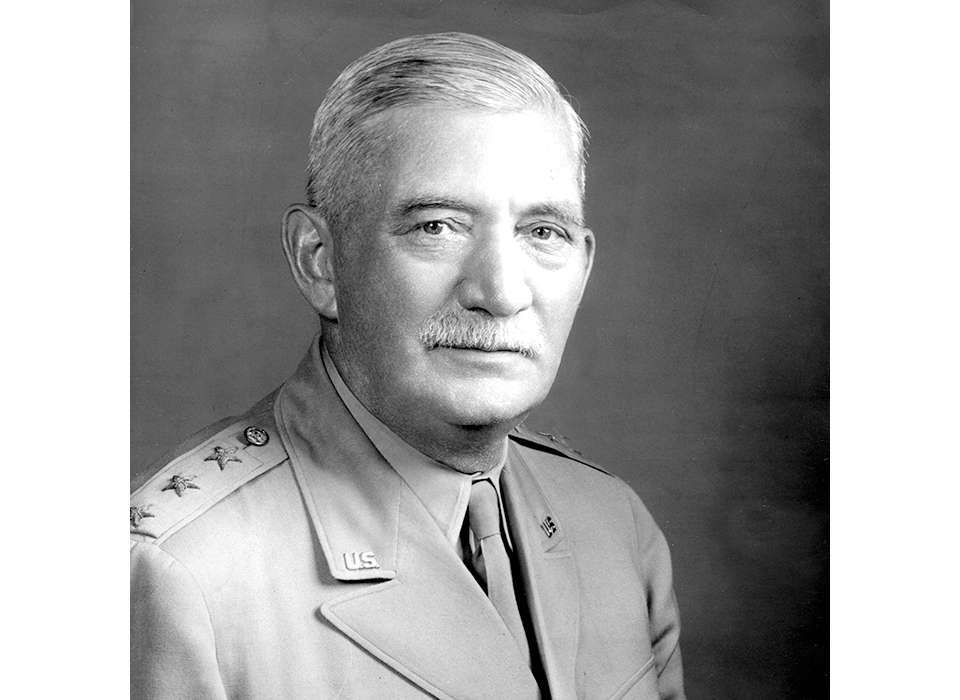
FRED T. KOREMATSU
Fred Korematsu was 23 years old when President Franklin Delano Roosevelt signed Executive Order 9066, which cleared the way for the United States military to remove and incarcerate over 120,000 people of Japanese descent, including many who were American citizens. Korematsu was arrested after he refused to leave his home and appealed his case all the way to the United States Supreme Court. The Court ruled against him on the grounds that national security ultimately trumped the individual rights of the incarcerated Japanese Americans. Years later in 1983, a team of historians and legal scholars had Korematsu’s conviction overturned by demonstrating that government officials had deliberately misled the Supreme Court about the paltry amount of evidence linking Japanese Americans to acts of sabotage. Remaining an activist throughout his life, Korematsu received the Presidential Medal of Freedom in 1998.
(Image courtesy of the Fred T. Korematsu Institute.)
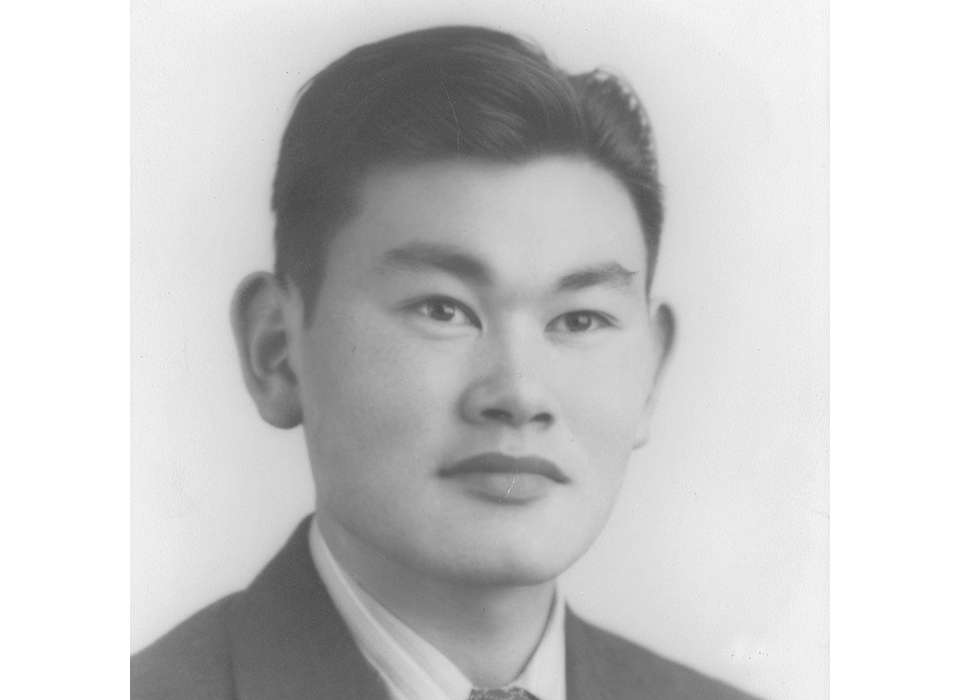
CHARLES A. LINDBERGH
Nicknamed “Lucky Lindy” and “the Lone Eagle” by his fans and the press, Charles Lindbergh was widely known for his pioneering achievements in aviation, including the first successful solo transatlantic flight. He was impressed by the German Luftwaffe and believed it would be difficult, if not impossible, for the United States to defeat. Lindbergh became the lead spokesman for the isolationist America First Committee in 1940, which called for the United States to stay neutral in the growing European war. Members of the Roosevelt administration claimed his speeches were helping Hitler more than they did the United States. The widest and sharpest criticism of Lindbergh came after he gave a speech claiming that Roosevelt, the British, and Jewish Americans were conspiring to drag the United States into the war. Even many of the most zealous isolationist and anti-Roosevelt newspapers and political figures distanced themselves from Lindbergh’s remarks, and his influence declined as a result.
(Image: Library of Congress, LC-H25- 126717-AA.)
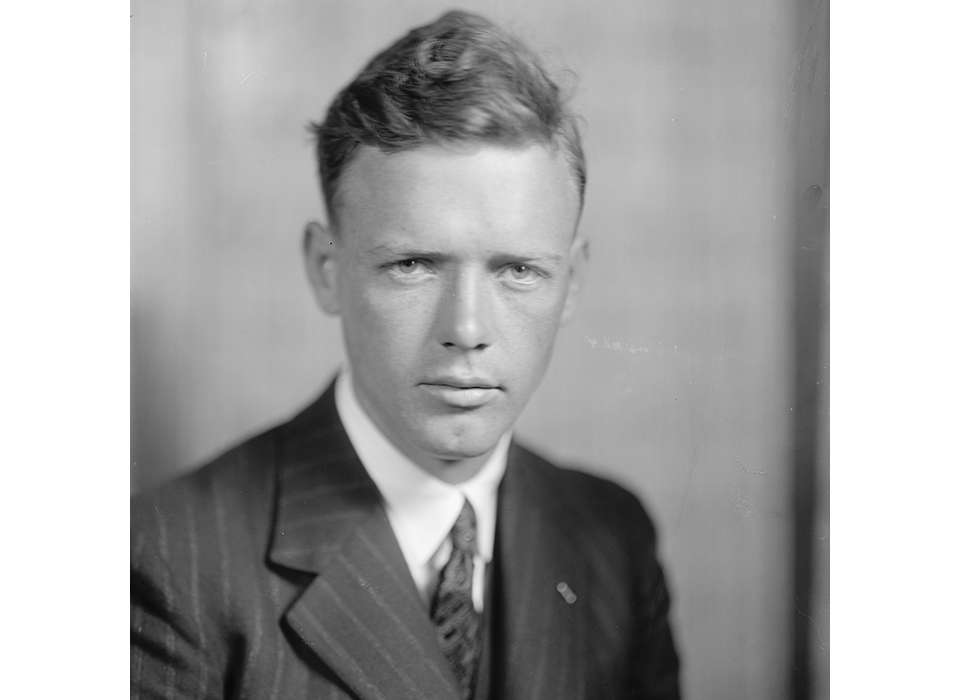
GEORGE C. MARSHALL
President Franklin Delano Roosevelt appointed George Marshall as the US Army Chief of Staff on September 1, 1939, the day Germany invaded Poland. An ingenious military planner, Marshall inherited the enormous task of rebuilding the US Army after it had been greatly reduced in size and strength during the interwar period. Under his leadership, the Army grew from under 200,000 to over 3,000,000 soldiers and airmen by late 1942. General Marshall was a top choice for the honor of commanding the Allied 1944 invasion of Northwestern Europe in Operation Overlord, but Roosevelt asked him to remain in Washington and continue his vital work as Chief of Staff. The general acceded to the President’s wishes, and General Dwight Eisenhower took command of Operation Overlord instead.
(Image: Library of Congress, LC-USW33-038043-C.)
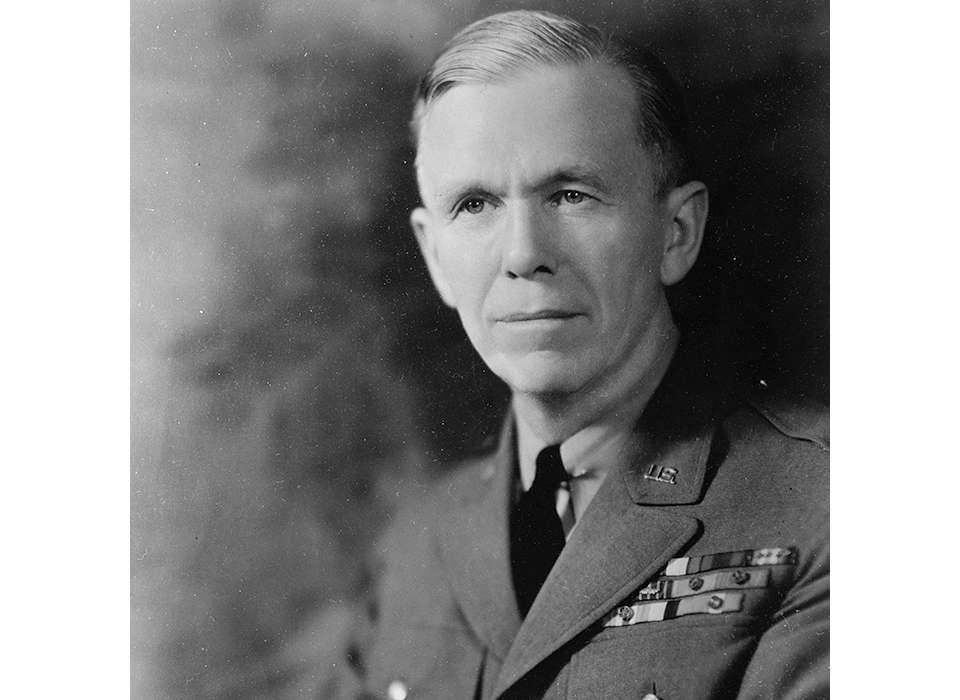
J. ROBERT OPPENHEIMER
J. Robert Oppenheimer was a physicist and professor at the University of California, Berkeley when German scientists first announced in 1938 that they had successfully achieved nuclear fission, or splitting an atom. Within a week, he was already sketching out what a nuclear weapon might potentially look like. Once the Roosevelt administration decided in 1942 to explore potential military uses for atomic energy, Oppenheimer and a team of scientists at a laboratory in Los Alamos, New Mexico, began designing the actual nuclear bomb. Oppenheimer coordinated the work of this diverse group of elite scholars, and collaborated closely with Lieutenant General Leslie R. Groves, who managed the logistical and organizational challenges of the vast Manhattan Project. The work paid off when in July 1945 the team successfully detonated the world’s first atomic device in Alamogordo, New Mexico, during the Trinity test.
(Image: Getty Images.)
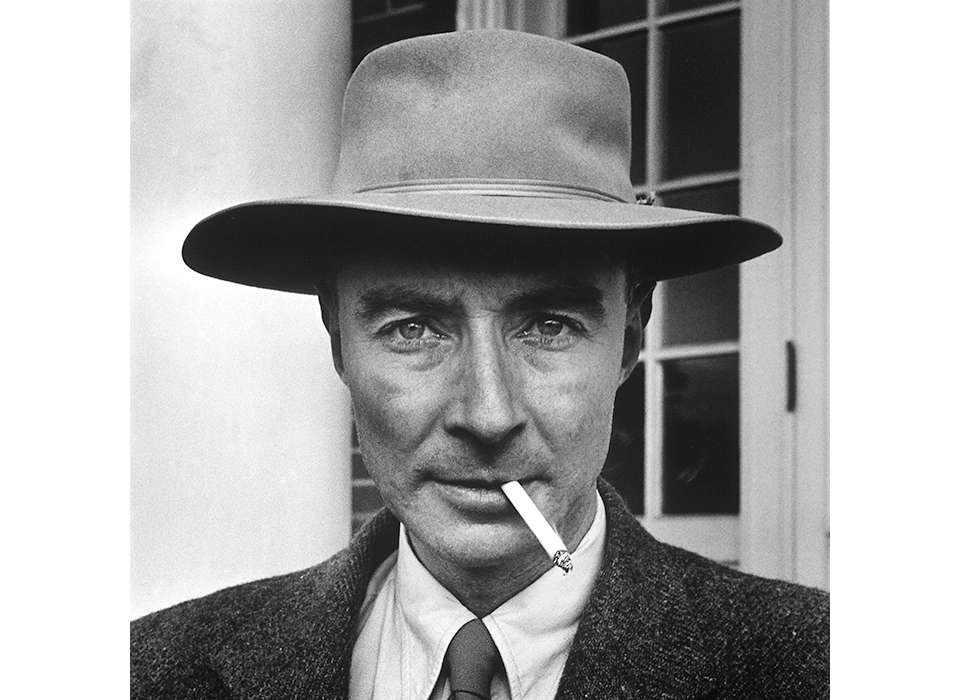
A. PHILIP RANDOLPH
Before the war, A. Philip Randolph was best known as the leader of the Brotherhood of Sleeping Car Porters, a predominantly African American union representing railroad personnel. He and other African American civil rights activists lobbied President Franklin Delano Roosevelt in 1940 to end segregation in the US military, but Roosevelt took no action. In response, the following year Randolph called for 100,000 African Americans to march down Pennsylvania Avenue in Washington, DC, to demand change. President Roosevelt attempted to convince Randolph to call off the march, but Randolph refused. Rather than face such a massive display of dividedness when the country was preparing for war, Roosevelt signed Executive Order 8802, which prohibited racial discrimination in government and defense industries, and established the Fair Employment Practices Committee to enforce the new rules.
(Image: Library of Congress, LC-USZ62-119495.)
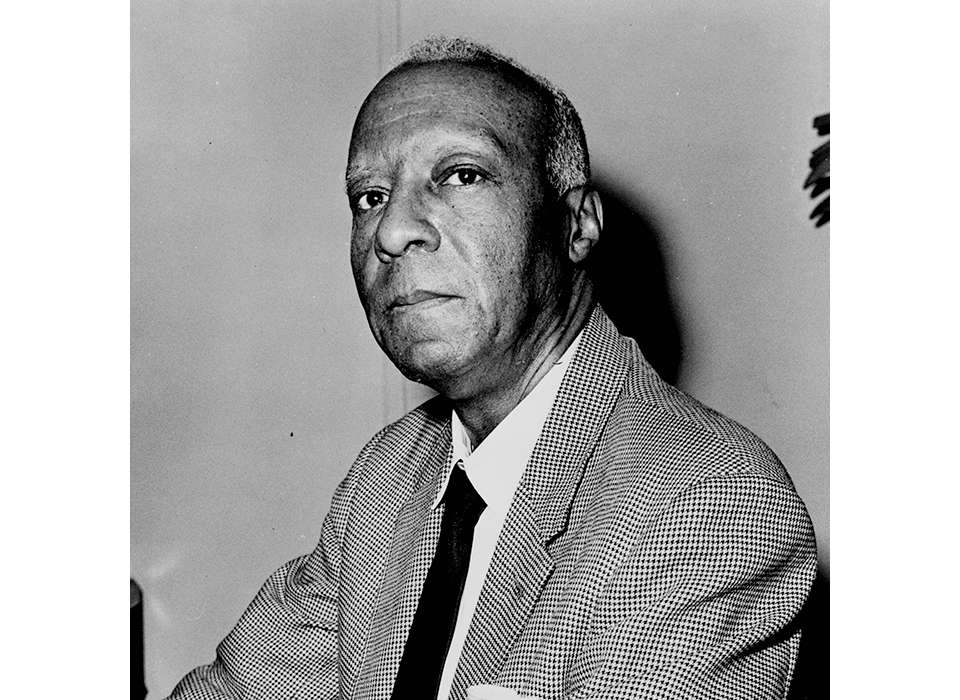
NORMAN ROCKWELL
Norman Rockwell’s iconic images appeared in a wide variety of American books and magazines, most famously The Saturday Evening Post. Some of his best-known paintings were inspired by World War II, including his Four Freedoms series and a depiction of the character “Rosie the Riveter.” Four Freedoms illustrated what President Franklin Delano Roosevelt described in a 1941 speech as the four universal rights that all people worldwide ought to have—freedom of speech and expression, freedom of worship, freedom from want, and freedom from fear. In 1943, The Saturday Evening Post and the US Treasury Department jointly sponsored a 16-city tour of the original artwork that raised more than $130 million in war bonds, making Rockwell a household name.
(Image: Library of Congress, LC-B2- 5950-15.)
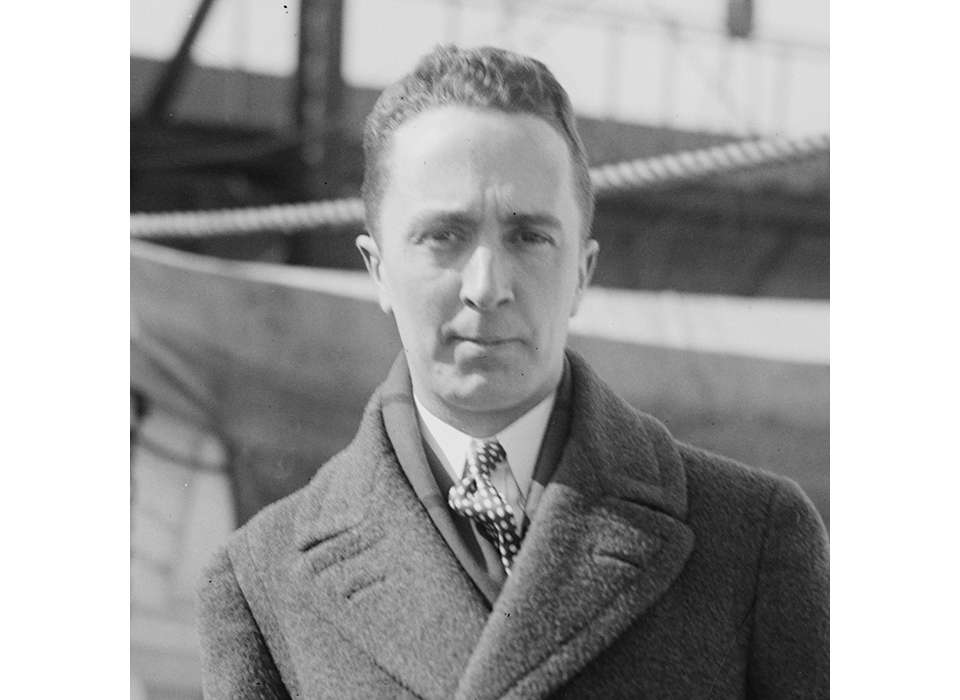
ELEANOR ROOSEVELT
Eleanor Roosevelt, wife of President Franklin Delano Roosevelt, played an active role in government during World War II. She served as Assistant Director of the Office of Civilian Defense for most of 1941 and was instrumental in encouraging women and African Americans to volunteer for Home Front service in their communities. She lobbied for women to be accepted into defense industry jobs and for the federal government to support them by setting up daycare centers for their children. She also urged the Army to enlist women in the war effort and to allow African Americans to become fighter pilots. Once the training program was established, she continued to lend her support by visiting the Tuskegee Air Corps Advanced Flying School in Alabama and by flying with members of the African American training staff, which attracted considerable press attention at a time when the United States remained racially segregated.
(Image: Library of Congress, LC-USZ62-25812.)
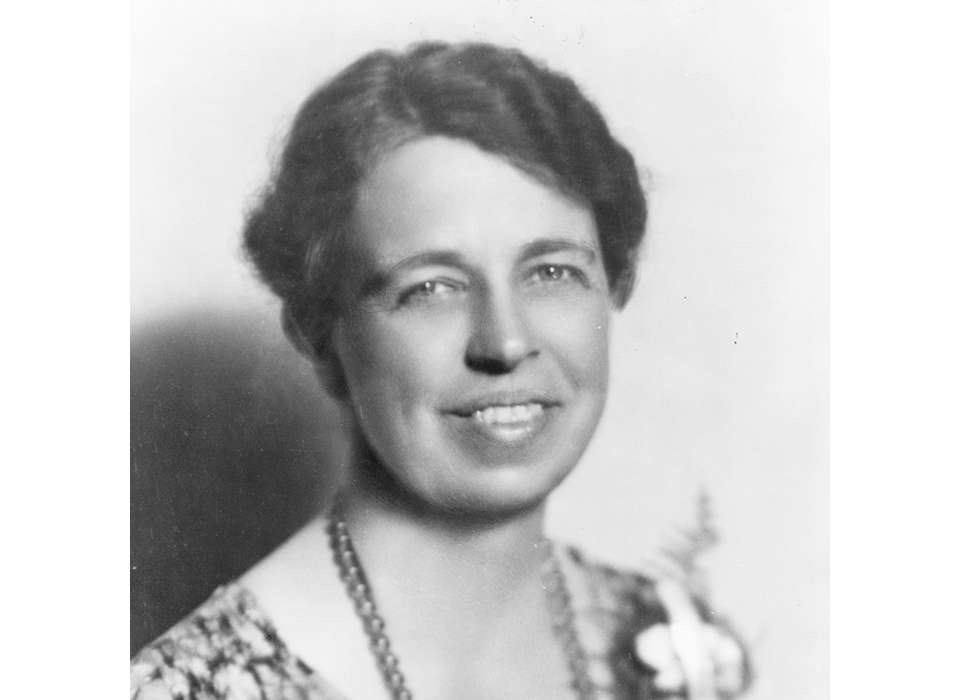
FRANKLIN DELANO ROOSEVELT
President Franklin Delano Roosevelt felt early on that the United States would have to actively support the Allies’ effort to defeat the Axis powers, but he faced widespread public opposition to any policy that would involve the nation in another conflict like World War I. He maintained official US neutrality but supported measures like the Lend-Lease Act, which enabled the US to send invaluable aid to countries battling Axis aggression. Once the US was at war with Germany and Japan, he rallied the nation as Commander in Chief, urging Americans to support the war through military service, working in defense industries, and complying with the government’s wartime policies regarding rationing and conservation.
(Image: Library of Congress, LC-USW33-042784-ZC.)
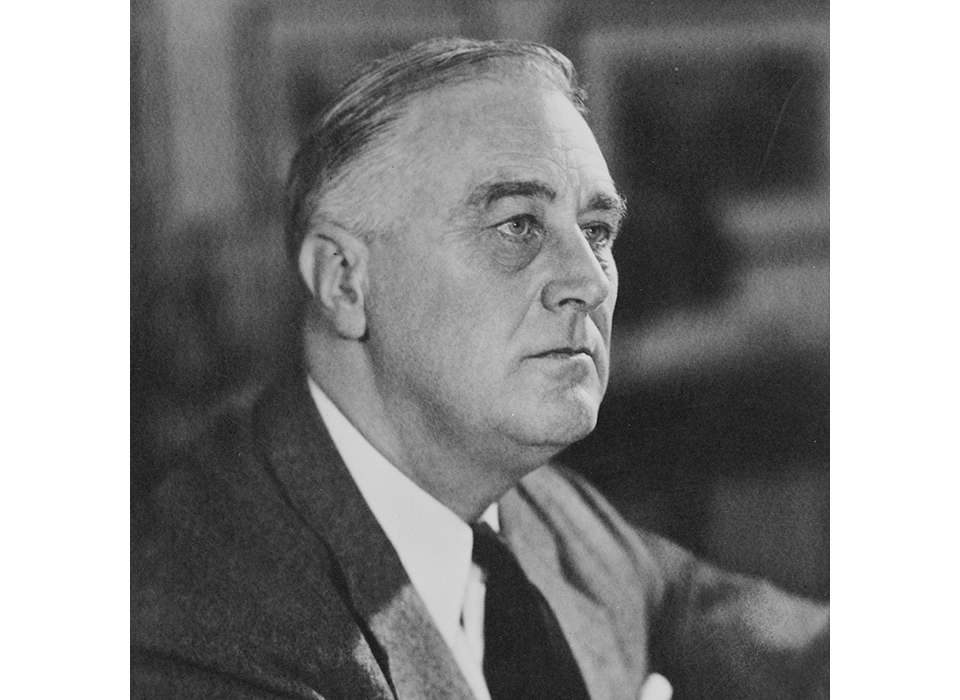
HENRY STIMSON
In the summer of 1940, President Franklin Delano Roosevelt crossed party lines and appointed Henry Stimson, an outspoken Republican interventionist, as Secretary of War. He presided over America’s first-ever peacetime draft, the introduction of women into the military, and the herculean task of rapidly training millions of new draftees and volunteers for wartime service. Stimson was also a key player in the controversial decision to evacuate Japanese Americans from the Pacific Northwest to prevent sabotage. Despite having reservations about the idea, Stimson bowed to pressure from his subordinates and the public and paved the way for Executive Order 9066, which empowered the military to establish special zones from which anyone could be removed without due process.
(Image: Library of Congress, LC-H22-D-9326.)
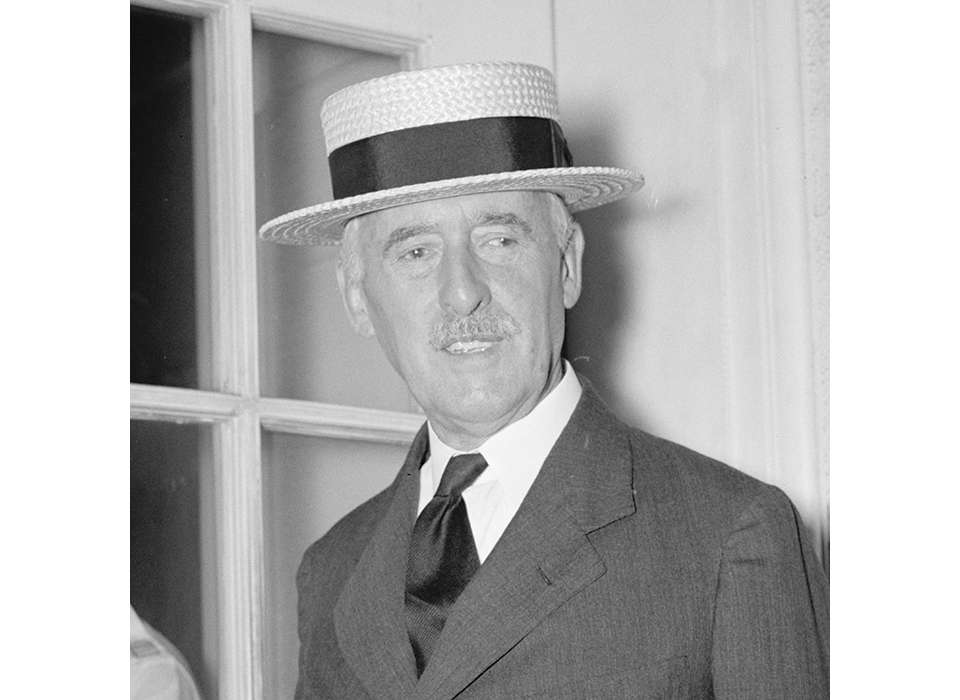
WILLIAM ALLEN WHITE
William Allen White, a longtime editor and publisher of The Emporia Gazette in Kansas, achieved national fame for his Pulitzer Prize-winning editorials and political writing. In 1940, White helped organize the Committee to Defend America by Aiding the Allies. The Comittee encouraged the American public to back more extensive support for the countries fighting the Axis powers. This support included the Lend-Lease Act, which allowed the United States to provide military aid without being overextended in battle. White served as Chairman of the Committee, speaking and writing extensively. He resigned his chairmanship in 1941, however, when the organization as a whole began to expressly favor military intervention in Europe.
(Image: Library of Congress, LC-H22-D-6419.)
